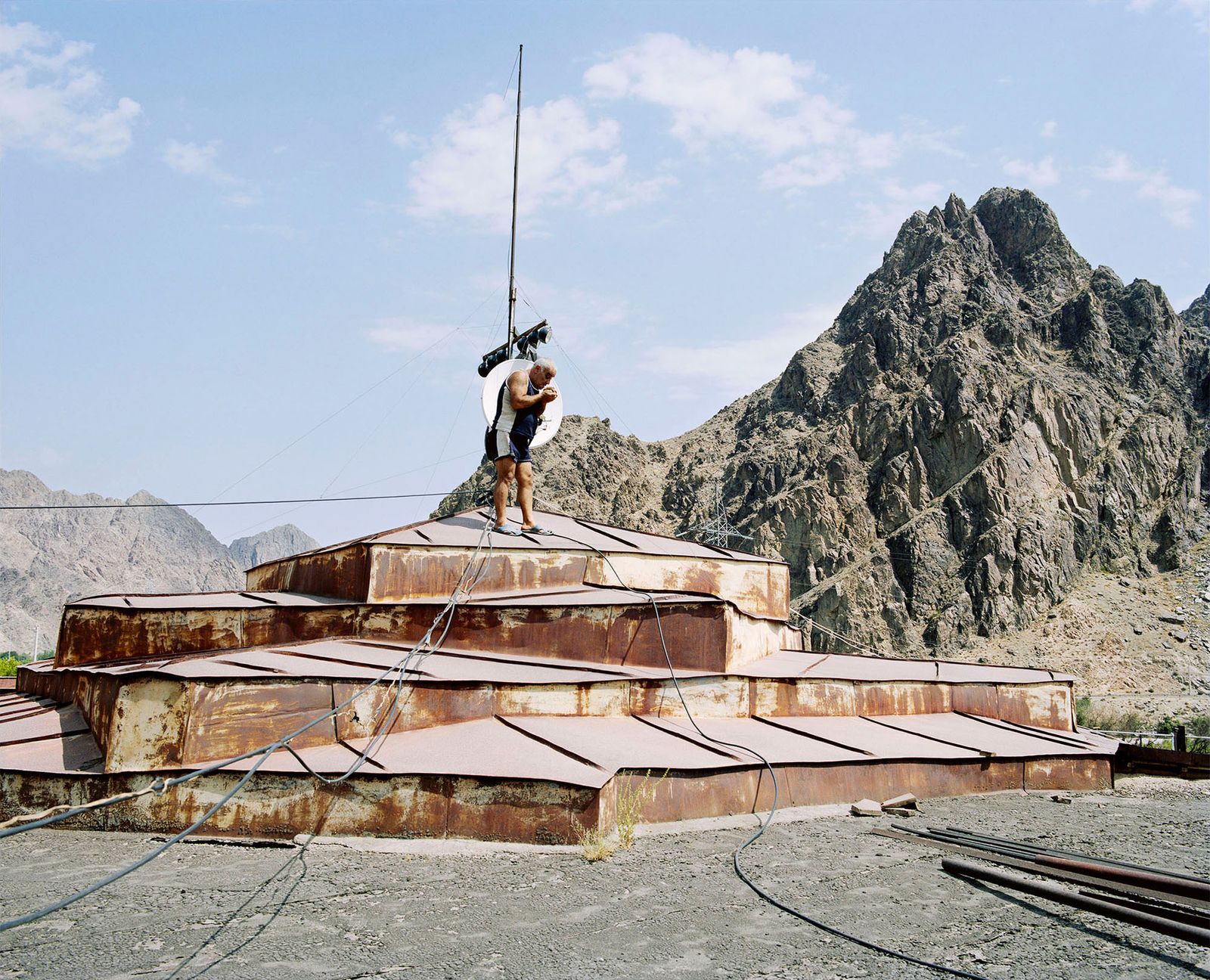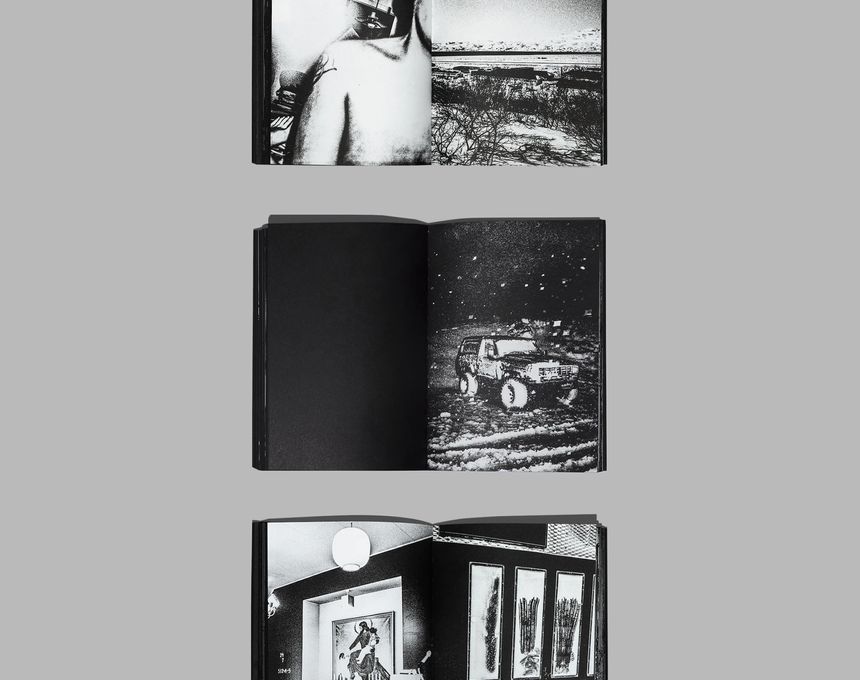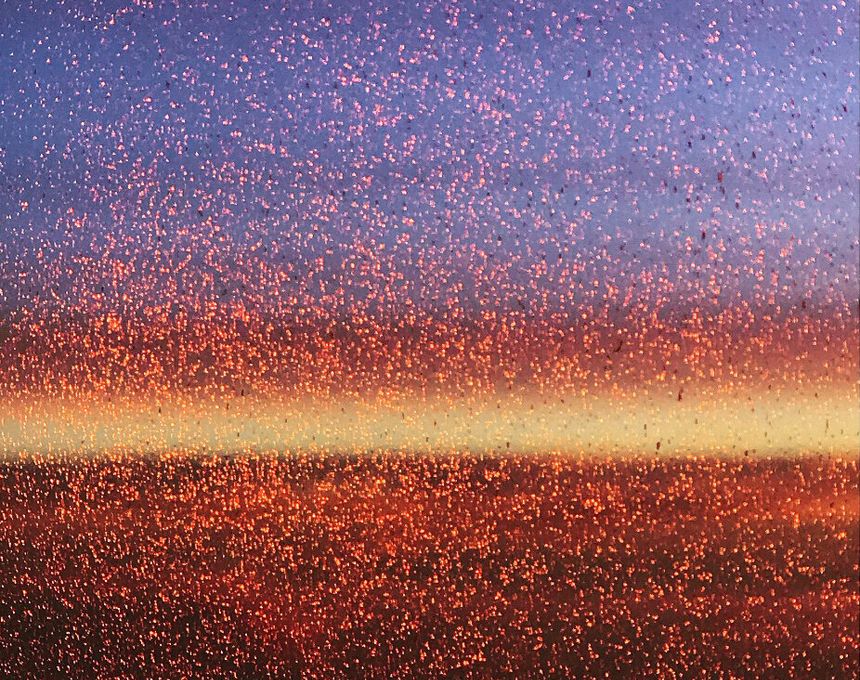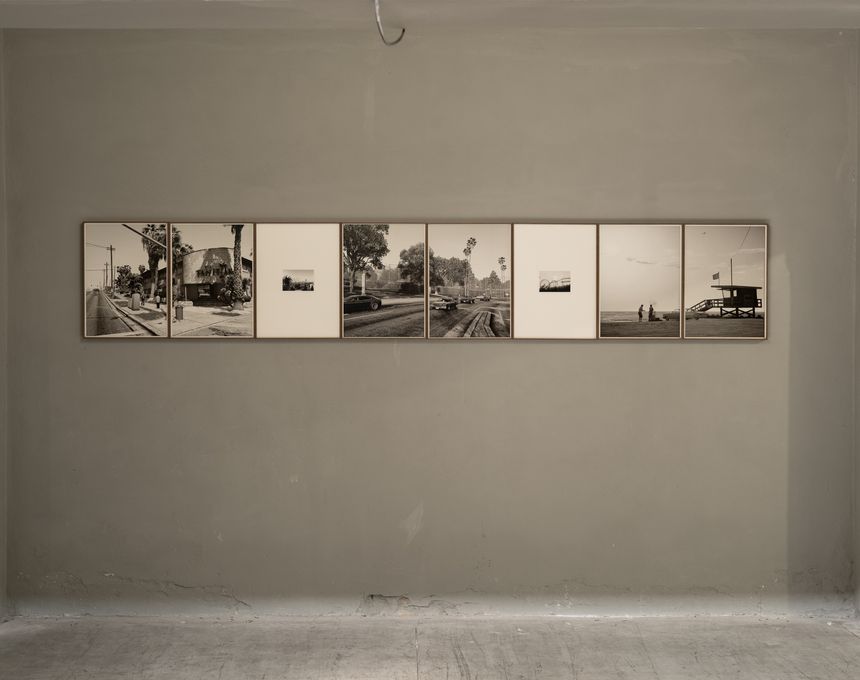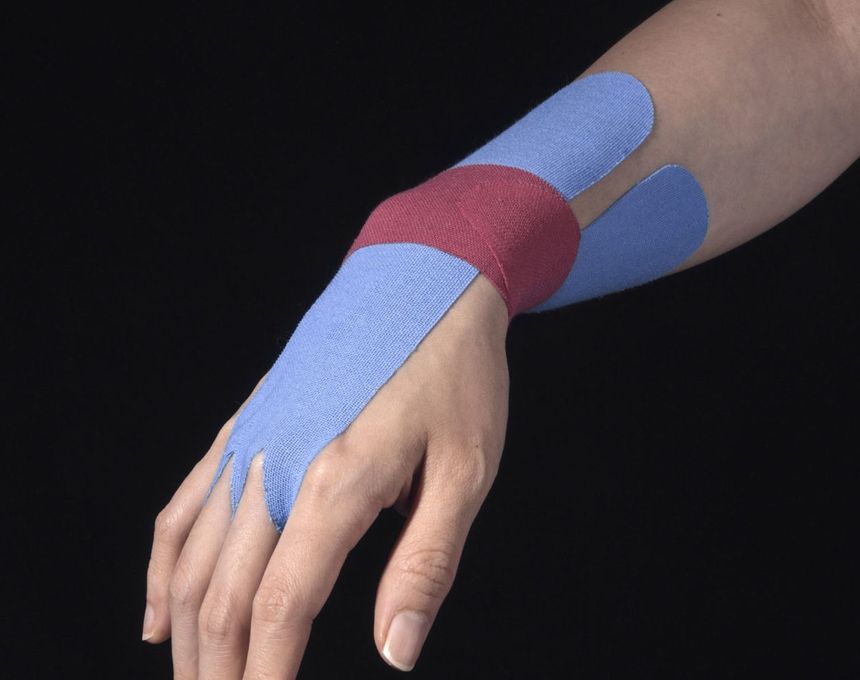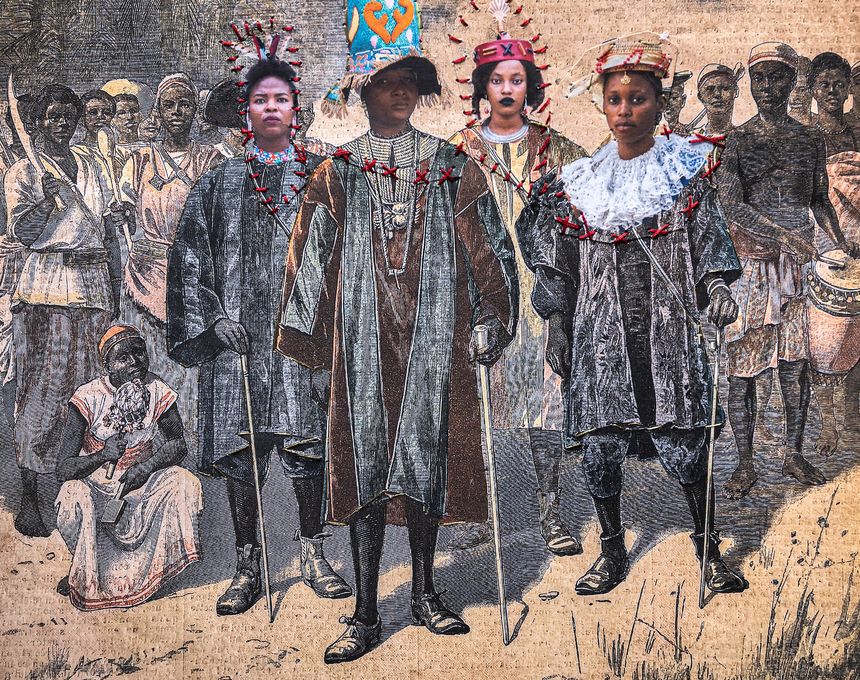The Armenian Railway Station One Man Calls Home
-
Published31 Jan 2017
-
Author
For former soldier Hamlet, home is an old train station in Syunik, Armenia. Julien Lombardi paints a vivid picture of what it was like photographing him in this rugged, mountainous region.
For former soldier Hamlet, home is an old train station in Syunik, Armenia. Julien Lombardi paints a vivid picture of what it was like photographing him in this rugged, mountainous region.
(Unfinished)
It is impossible to travel further than the mining town of Agarak, the most southern point of the Republic of Armenia. The Araxes river crosses the mountains, and on the other bank is Iran. These gorges mark the end of the Caucasus and for decades, even centuries, this is the point where Empires - Ottoman, Russian and Soviet - have met face to face.
Armenia is a mountainous country. The roads meander, and the passes and canyons are linked. To reach Syunik, where this photograph was taken, from the capital Yerevan, one must drive for hours and even days. In winter, it is often impossible to get there because of the snow. The 150,000 inhabitants of this area can live separated from the rest of the country for several months. It is, however, a major axis because it is the only land route linking Iran to Georgia and further on to Russia.
This image belongs to my series L’inachevé (Unfinished), which I worked on between 2012 and 2015. I made two trips of two months each. On this day in August 2014, I saw a building that was too big and too strange to be a house. I went to meet the owner, Hamlet, who invited me in for a cup of coffee and to eat watermelon. He showed me his vegetable garden and then we went up onto the roof to see the mountains. Without any sign of tracks there was no indication that Hamlet and his family were living in an old, disused railway station. After the collapse of the USSR, the Government of the new Socialist Republic of Armenia was so poor they sold a lot of public buildings to citizens.
Hamlet, a former Red Army soldier, had served for years in Murmansk, northern Russia, on the shores of the Barents Sea. He participated in many conflicts involving the Soviet Union, in Afghanistan in particular, like many Armenians did. The collapse of the Soviet Union marked the end of his military career and he decided to return to his hometown to start a family.
After the break-up of the Soviet Union, borders reappeared and there were conflicts over territory. Land had to be redistributed and infrastructures rebuilt. The railway linking Yerevan, the capital of Armenia, to Baku in Azerbaijan along the river has always been a symbol of Soviet civil engineering. There are several hundred tunnels, bridges in steep gorges, and impressive landscapes. This railway line was also a way to show their Iranian neighbour the USSR’s technological superiority. Yerevan and Baku have become the capitals of enemy nations clashing for two decades for control of the autonomous region of Nagorno-Karabakh.
No more trains will pass here now. Trucks covered with sand from Iran make the ground vibrate as they pass in front of ‘Hamlet station’ without ever stopping.
--------------
Julien Lombardi is a French artist using photography as a tool for field research and social investigation. Follow him on PHmuseum and Instagram.
Gemma Padley is a freelance writer and editor on photography, based in the UK. Follow her on Twitter and Instagram.
--------------
Behind the Picture tells the story and anecdotes of an image from the PHmuseum community.
